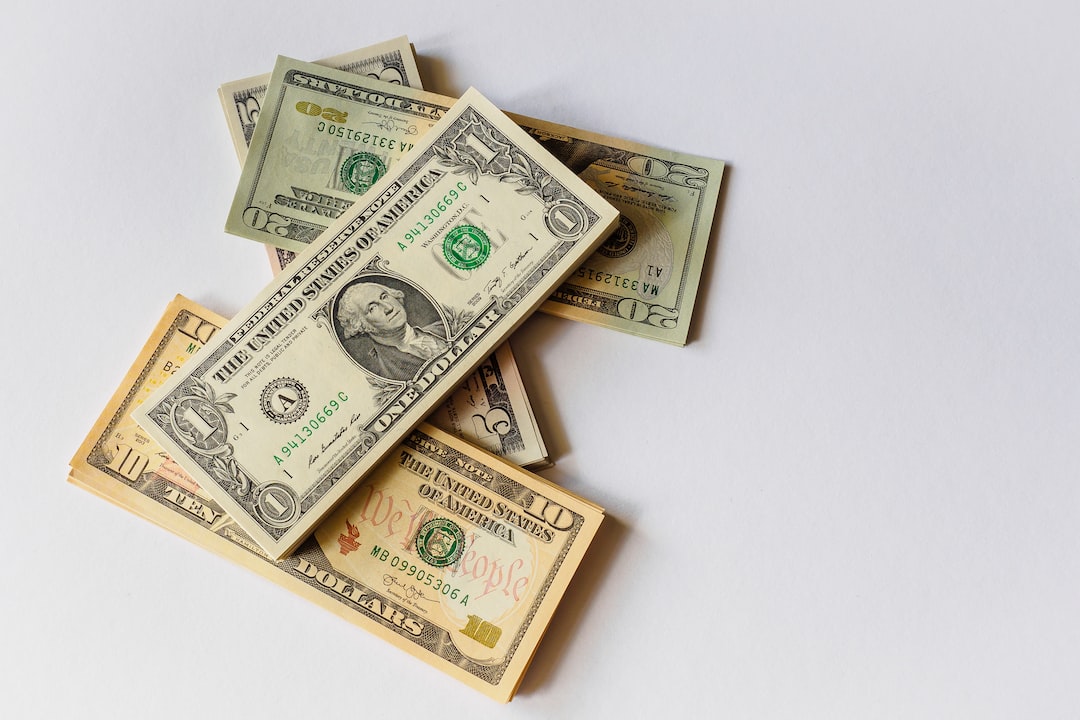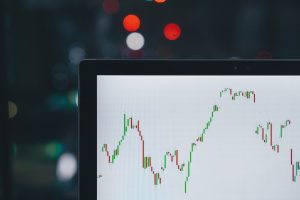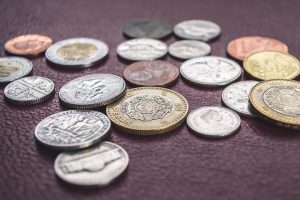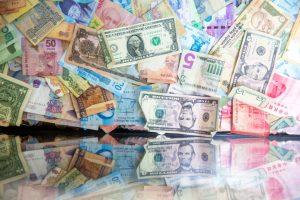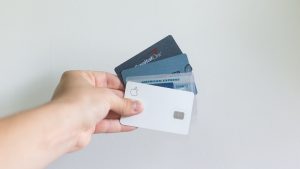Forex, also known as foreign exchange, is the largest financial market in the world. With a daily trading volume of over $5 trillion, it is a highly lucrative market for investors looking to make a profit. However, to trade in the forex market, you need to have a forex broker. In this article, we will explain how to get a forex broker.
1. Research and compare brokers
The first step in getting a forex broker is to research and compare different brokers. There are many forex brokers in the market, and each one has its unique features, advantages, and disadvantages. You need to find a broker that meets your trading needs.
The best way to research forex brokers is by reading online reviews and ratings. There are many websites that provide unbiased reviews of forex brokers. You can also ask for recommendations from friends or family members who trade in the forex market.
Once you have shortlisted a few brokers, compare their features, fees, and trading platforms. Look for a broker that offers low spreads, low commissions, and a user-friendly trading platform.
2. Check the broker’s regulatory status
When choosing a forex broker, it is important to check their regulatory status. A regulated broker is one that is licensed and supervised by a regulatory authority. This ensures that the broker adheres to strict rules and regulations that protect the interests of traders.
Regulated brokers are also required to segregate traders’ funds from their own funds, ensuring that traders’ funds are safe in the event of the broker’s bankruptcy.
Some of the well-known regulatory authorities for forex brokers include the Financial Conduct Authority (FCA) in the UK, the National Futures Association (NFA) in the US, and the Australian Securities and Investments Commission (ASIC) in Australia.
3. Open a trading account
Once you have chosen a forex broker, the next step is to open a trading account. Most brokers offer different types of accounts, depending on the trader’s experience level and trading needs.
A demo account is a good option for beginners who want to practice trading without risking real money. A standard account is suitable for experienced traders who want to trade in large volumes. Some brokers also offer Islamic accounts for traders who follow Islamic principles.
To open a trading account, you will need to provide some personal and financial information, such as your name, address, and email address. You may also need to provide proof of identity and proof of address.
4. Fund your trading account
After opening a trading account, you need to fund it with money to start trading. Most brokers offer multiple ways of funding your trading account, such as bank transfers, credit cards, and e-wallets like PayPal or Skrill.
Before funding your trading account, check the fees and charges associated with each payment method. Some payment methods may have higher fees than others.
5. Start trading
Once your trading account is funded, you can start trading in the forex market. Most brokers offer a wide range of currency pairs to trade, such as EUR/USD, USD/JPY, and GBP/USD.
Before placing a trade, make sure to do your research and analysis to make an informed decision. You can use technical analysis tools like charts and indicators to identify market trends and patterns.
Conclusion
Getting a forex broker is an essential step for anyone who wants to trade in the forex market. By researching and comparing different brokers, checking their regulatory status, opening a trading account, funding your account, and starting to trade, you can start your journey as a forex trader. Remember to always trade responsibly and manage your risk carefully.

